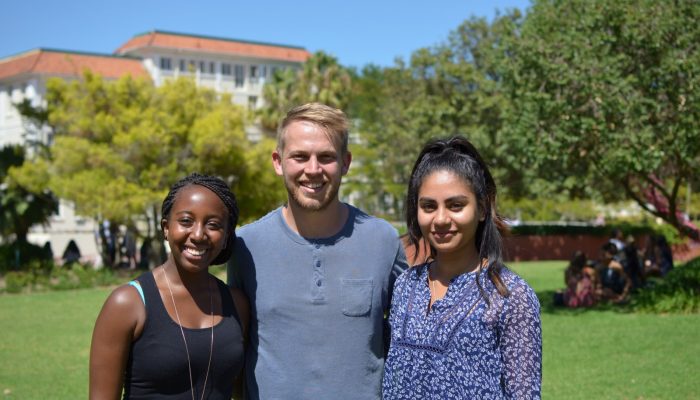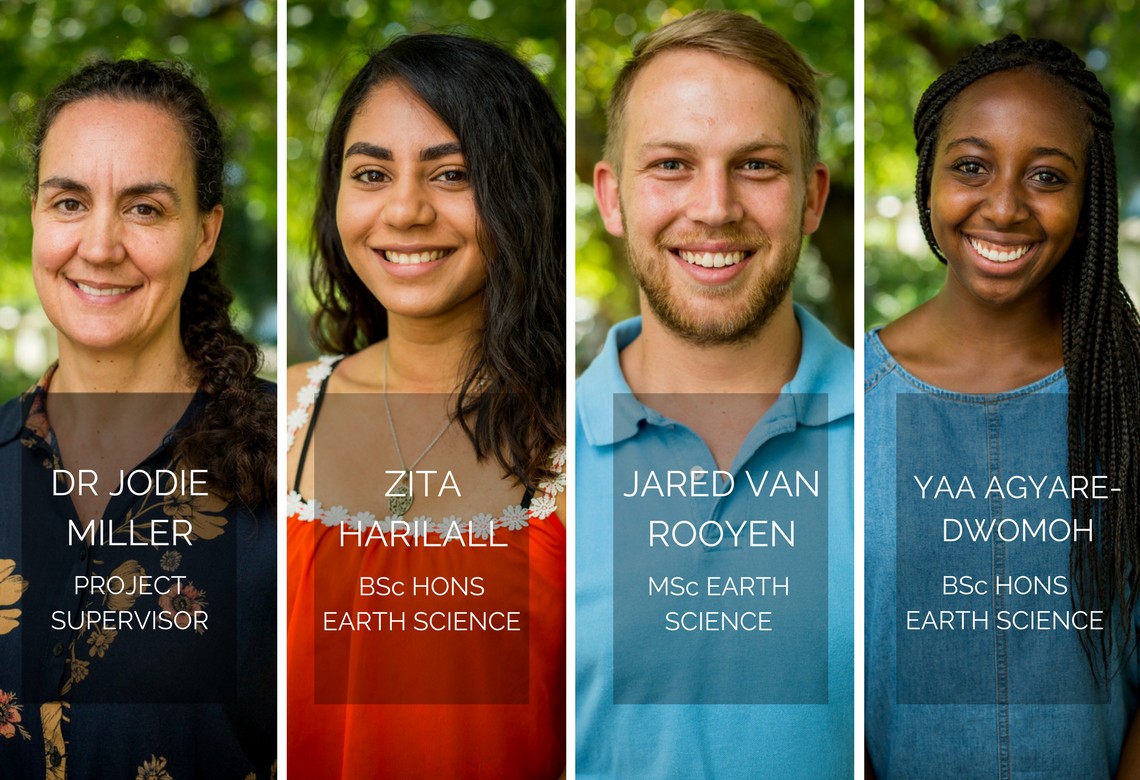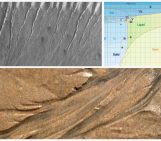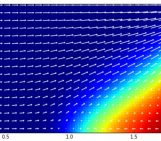
Post by Jared van Rooyen, MSc candidate in Earth Science at Stellenbosch University, in South Africa.
Part two of three in a Crowdfunding Science series by Jared.
___________________________________________________________
During March of 2017, myself and a group of students supervised by Dr. Jodie Miller of Stellenbosch University’s Earth Science department (South Africa) completed a 5-week long crowdfunding campaign. The Campaign raised R149 899.00 (€9800) from 120 backers that were both local and international. The campaign used several different mediums to attract potential backers. In this blog I will summarize what engagement methods we used and which ones worked the best.

Before I do this, I have also partitioned backers into three categories that describe to what degree they are separated from myself and the campaign team. Category 1 includes members of family, colleagues and close friends, that would likely contribute to your fundraising campaign regardless of how you marketed it or if they were confident you would succeed. Category 2 included people that myself or the campaign team either are acquainted with, have met before or have been suggested to us by a member of category 1. Category 3 backers are those that myself or my research team have no prior connection to and have been made aware of the campaign through 3rd party methods.
Half of backers fell into category 2 with the other half almost evenly distributed between categories 1 and 3. The distribution of funding received showed a similar distribution with a slightly skewed distribution toward category 3 backers contributing on average more than category 1 backers.
Engagement methods showed some interesting outcomes with direct contact contributing half of the backers as well as half of the funds raised, social media methods, which included Facebook, Instagram and Twitter, contributed the next largest portion of backers (a quarter) but was trumped by word of mouth backer’s average contribution amount. The remaining contributors were those who found out about the campaign through radio/newspaper interviews/articles, internet news and anonymous contributors for whom I have no data (Unknown).
Upon the completion of the campaign, backers were contacted to give feedback on what they believed was effective in the marketing strategy of the campaign. Although radio interviews did not produce a large amount of backers and funds, they produced the largest proportion of category 3 backers.
The data presented above only mentions the successful methods of engagement. In addition, there were several other attempts at fund raising that were somewhat less effective. These included: handing out flyers and putting up posters on campus and surround areas, approaching funding institutions as well as water related government and private entities for support and using mailing robots to send generic emails to large mailing lists.
Before the campaign had ended myself and two honours students had already left on our field sampling trip. In the final part of this blog series, I will break down, what we raised the funds for, what the groundwater sustainability project is trying to accomplish, and what has culminated as a direct result of postgraduate science crowdfunding.
___________________________________________________________

Jared van Rooyen is an MSc student at the University of Stellenbosch in South Africa. His primary field of interest is in isotope hydrology with major applications in groundwater vulnerability and sustainability. Other research interests include postgraduate research funding solutions and outreach as well as scientific engagement with the use of modern media techniques.
Check out Jared’s (and research group’s) thundafund page here.


